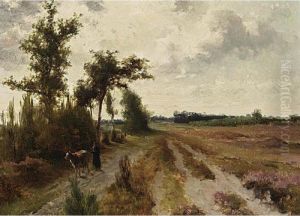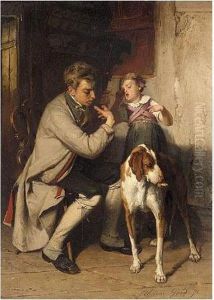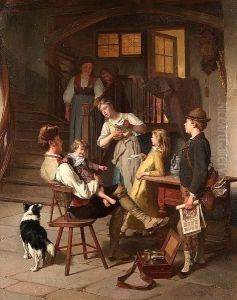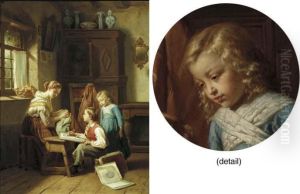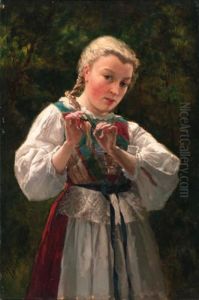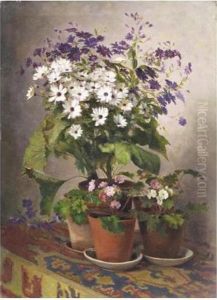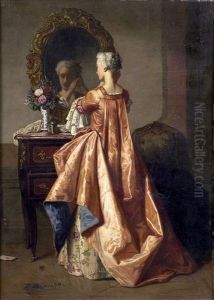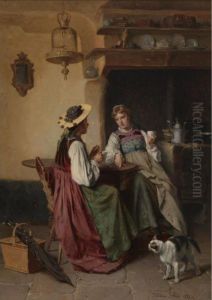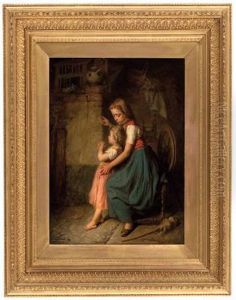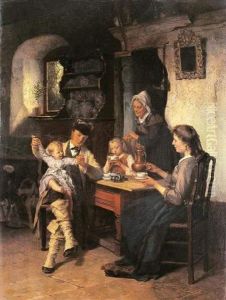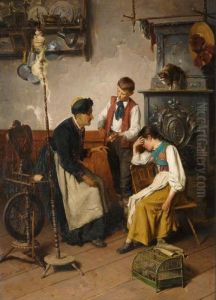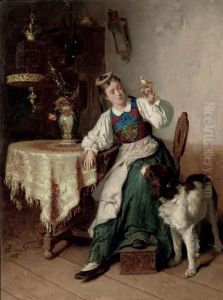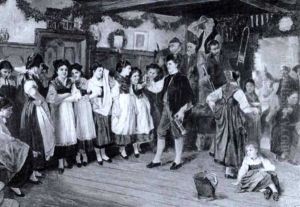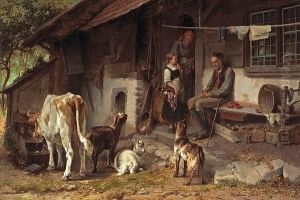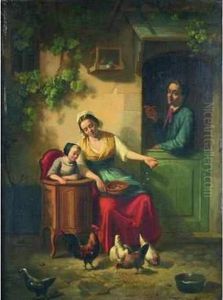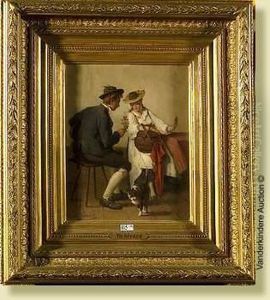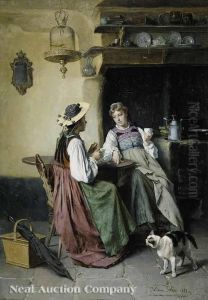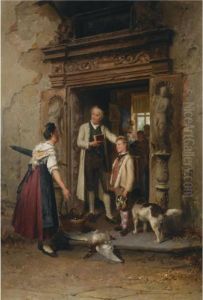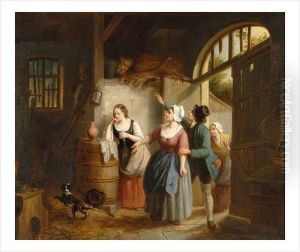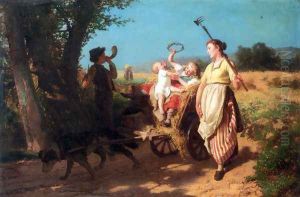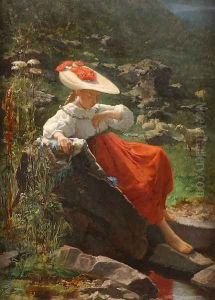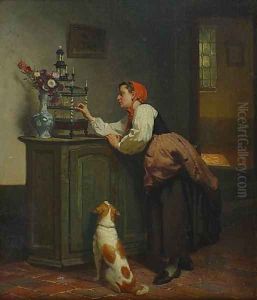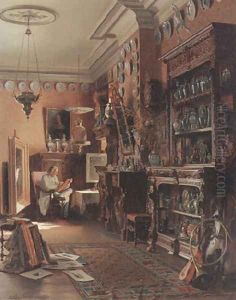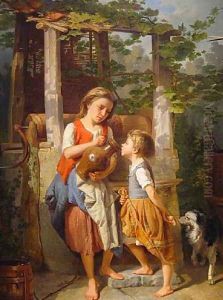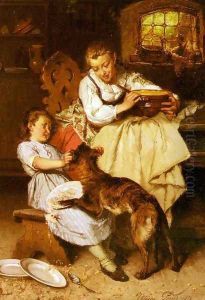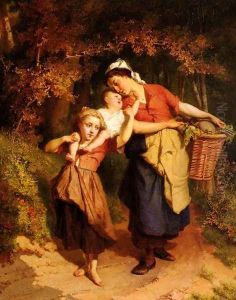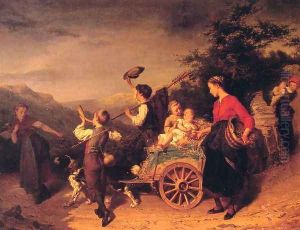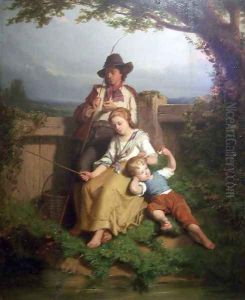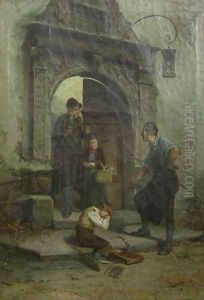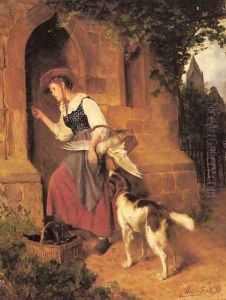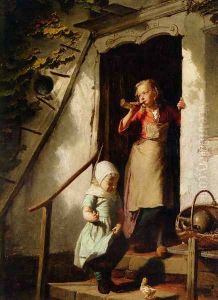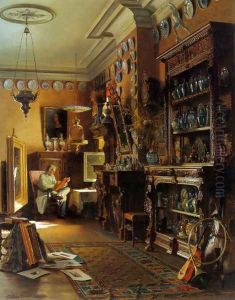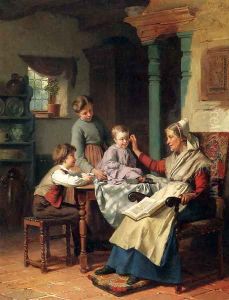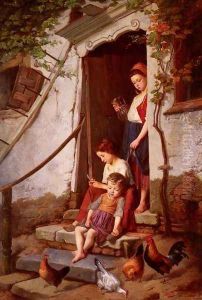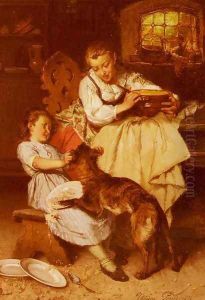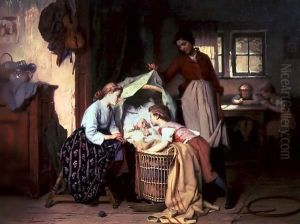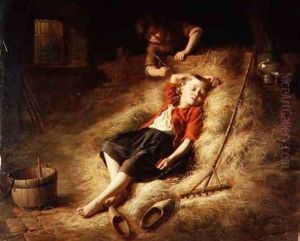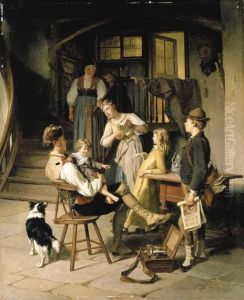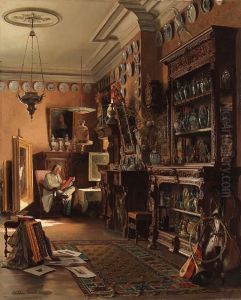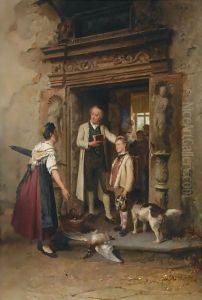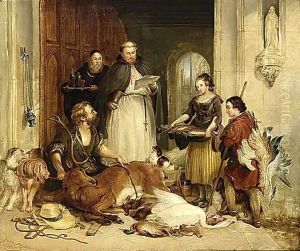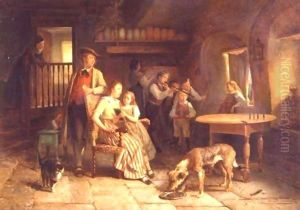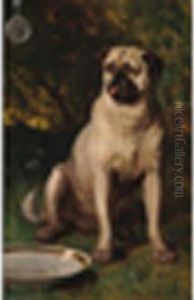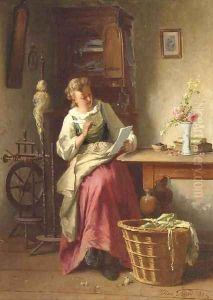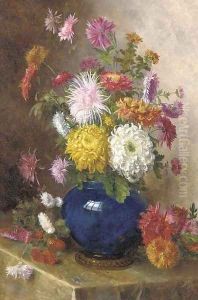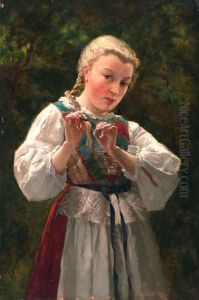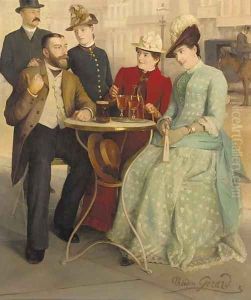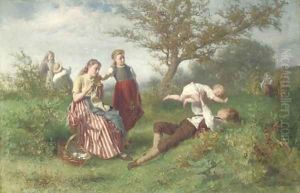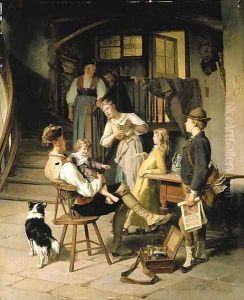Theodore Gerard Paintings
Theodore Gerard was a 19th-century Belgian painter known for his genre scenes, historical paintings, and portraits. Born on April 5, 1829, in Ghent, Belgium, Gerard became one of the prominent figures in European art during his lifetime, often focusing on capturing the everyday life of people, which was a popular subject in the mid-1800s. His works often depicted peasant life, children, and domestic scenes, characterized by a warm-hearted and often sentimental portrayal of his subjects.
Gerard received his initial training at the Academy of Fine Arts in Ghent, where he studied under Théodore-Joseph Canneel, a noted Belgian painter of the time. Gerard's talent was recognized early in his career, and he soon moved to Brussels to continue his studies and work. His style was influenced by the Belgian and Dutch traditions of genre painting, as well as by the works of the Old Masters.
In 1847, Theodore Gerard began to exhibit his work publicly, and his paintings quickly garnered attention and praise for their technical skill and charming subject matter. Throughout the 1850s and 1860s, he traveled to various countries, including Italy, where he was inspired by the Renaissance art and the vibrant Italian countryside. These experiences broadened his artistic horizons and infused his work with new ideas and motifs.
Gerard's paintings were popular not only in Belgium but also internationally, and he exhibited his works in Paris, London, and Vienna, among other cities. His genre scenes often included detailed interiors and costumes, which reflected his meticulous research and interest in historical accuracy. He was also known for his ability to capture the nuances of light and shadow, lending his paintings a lifelike quality that was admired by critics and the public alike.
During his career, Theodore Gerard received numerous awards and honors, and his work was sought after by collectors and art enthusiasts. Despite his success, he remained dedicated to his artistic pursuits and continued to paint until his death. Gerard passed away on July 5, 1895, in Brussels, leaving behind a legacy of work that continues to be appreciated for its historical value and its charming portrayal of 19th-century life.
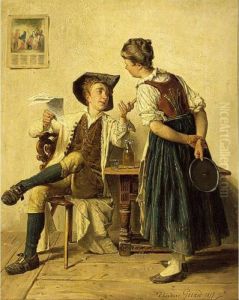
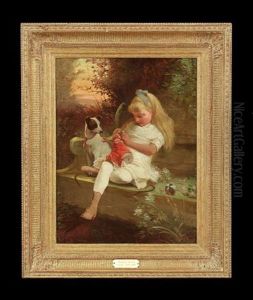
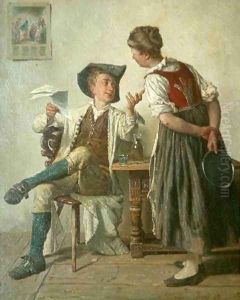
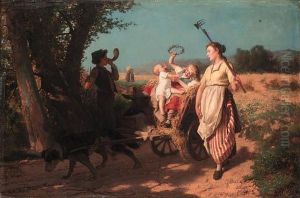
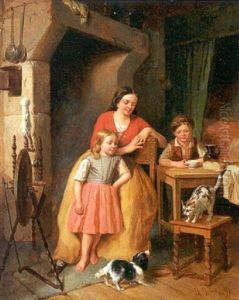
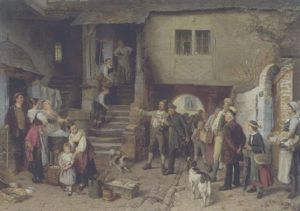
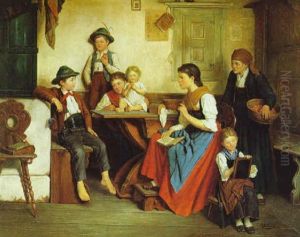
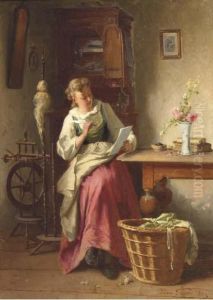
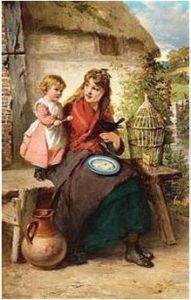
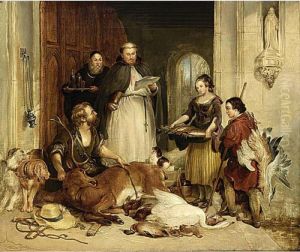
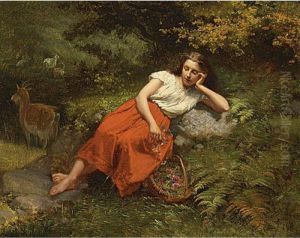
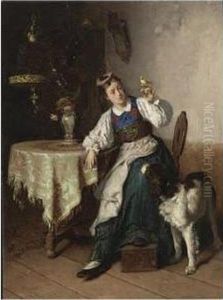
![[une Ressemblance Douteuse]](https://www.niceartgallery.com/imgs/1328040/s/theodore-gerard-une-ressemblance-douteuse-fd1f65cc.jpg)
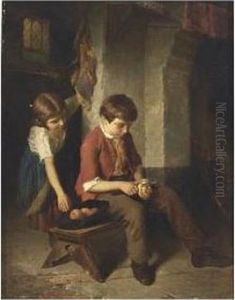
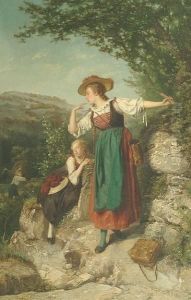
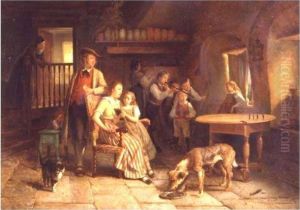
![[une Ressemblance Douteuse]](https://www.niceartgallery.com/imgs/1328042/s/theodore-gerard-une-ressemblance-douteuse-89ab633d.jpg)
